The smartphone camera race is heating up, and the next leap looks wild. Dual 200MP camera systems, a setup that felt sci‑fi a few years ago, are now in active development across multiple brands. The most promising candidate is the Vivo X300 Ultra, which industry sources suggest could become the world's first smartphone to pack two separate 200MP sensors when it launches in early 2026. And Vivo is not alone, rumors indicate that other major Chinese manufacturers are also experimenting with similar setups, setting the stage for a flagship photo showdown.
What makes dual 200MP cameras so groundbreaking?
Why does dual 200MP matter? Most phones pair one high‑resolution main sensor with lower‑resolution helpers. The dual approach flips that script, keeping top‑tier detail at both wide and telephoto focal lengths so your images do not fall apart when you zoom.
According to leaked specifications, the Vivo X300 Ultra will feature a 200MP main camera using a Sony 200MP sensor (rumored LYT-910) alongside a 200MP periscope telephoto camera powered by Samsung's HPB sensor. The main camera's substantial 1/1.12‑inch format pulls in more light, which helps in dim scenes and tricky indoor lighting.
Matching 200MP resolution on the telephoto lens tackles a classic pain point, zoom without the mush. Leaked reports ascribe high-dynamic-range modes and multi-stage remosaic/binning to Sony's rumored 200MP LYT-910; these specific figures (100 dB, "16-in-1", and "4x lossless") remain unverified.
In short, you keep main‑camera quality as you move through focal lengths. No awkward drop to a second‑tier sensor.
The competition is fierce: who's leading the charge?
Vivo appears closest to a commercial dual 200MP system. At the same time, Digital Chat Station reports suggest Huawei is developing a comparable setup for the rumored Pura 90 Ultra, with a 200MP main sensor and a 200MP telephoto module backed by larger‑than‑usual sensor bases.
The strategies keep shifting. Oppo pioneered dual‑periscope ideas with the Find X7 Ultra, then stepped back from dual 200MP systems in favor of a single 200MP telephoto lens on the Find X9 Pro. The upcoming Find X9 Ultra is expected to revive dual periscopes, while a potential Find X10 Ultra prototype is not poised for mass production until 2027.
Behind the scenes, sensor tech is the fuel. Sony's upcoming IMX903 is a direct challenge to Samsung's 200MP lead, with a larger optical format and an advanced 22 nm process for efficiency. That competition gives manufacturers multiple strong paths to dual 200MP builds.
Real-world impact: beyond the megapixel marketing
The gains are not just spec sheet bragging rights. Industry analysis shows that 200MP sensors handle digital zoom via sensor cropping with far less quality loss at magnifications where older phones get crunchy.
Pixel binning is the quiet hero here. These sensors can merge pixels when light is scarce, then switch gears to full resolution when detail matters. Think portraits in a dim restaurant, then a sweeping landscape on a clear morning, no settings anxiety.
Telephoto is where it really pops. Current flagship phones already prove the concept, with the Vivo X200 Pro's 200MP telephoto delivering "outstanding quality for medium tele and long ranges starting from 85mm, with the tele module delivering excellent results from 3.7x all the way to 10x." Scale that philosophy to dual 200MP, and handheld zoom starts to feel like dedicated glass.
Video benefits too. MediaTek's Dimensity 9500 advertises support for 4K/120 fps Dolby Vision capture with EIS; whether a handset implements simultaneous dual-channel stabilization across main and telephoto lenses is a device-level implementation detail and should be presented as unconfirmed.
Timeline and what to expect next
The shift to dual 200MP setups will not be overnight. Current projections indicate that the Vivo X300 Ultra will be rumored to be among the first camera flagships to combine a 200MP main camera with a 200MP telephoto lens (per current leaks).
Sony's sensor roadmap points to new 200MP parts headed for Oppo, Xiaomi, and potentially Samsung's future Galaxy Ultra models. The sizes align with a launch in early 2026 as the LYT‑910, which gives manufacturers the building blocks for dual 200MP designs.
Adoption usually starts at the top. Expect premium flagships first, then gradual trickle down as production scales. Growth projections remain positive for high‑megapixel phones, driven by demand for professional‑quality mobile content and the outsized role cameras play in buying decisions.
Competition will push faster cycles, better yields, and, eventually, wider access to high‑end imaging.
The bottom line: a new era of mobile photography
Dual 200MP systems are not a minor tweak, they change the feel of shooting on a phone. While megapixel count alone does not guarantee superior performance, combining high resolution, large sensors, and smart processing lifts detail, zoom, and creative flexibility in a way that is hard to ignore.
For enthusiasts and creators, many of the usual compromises fade. You can frame wide, punch in, and keep the look consistent. Personally, I expect the first wave to be impressive and a little raw around the edges, then dialed in fast.
Keep an eye on the Vivo X300 Ultra and its rivals as they move from prototype to production. This is the start of a new chapter in mobile photography, one that could make current flagships feel dated sooner than expected. Dual 200MP sensors are more than a tech flex, they are the foundation for phones that bring true pro‑level imaging closer to everyday life.







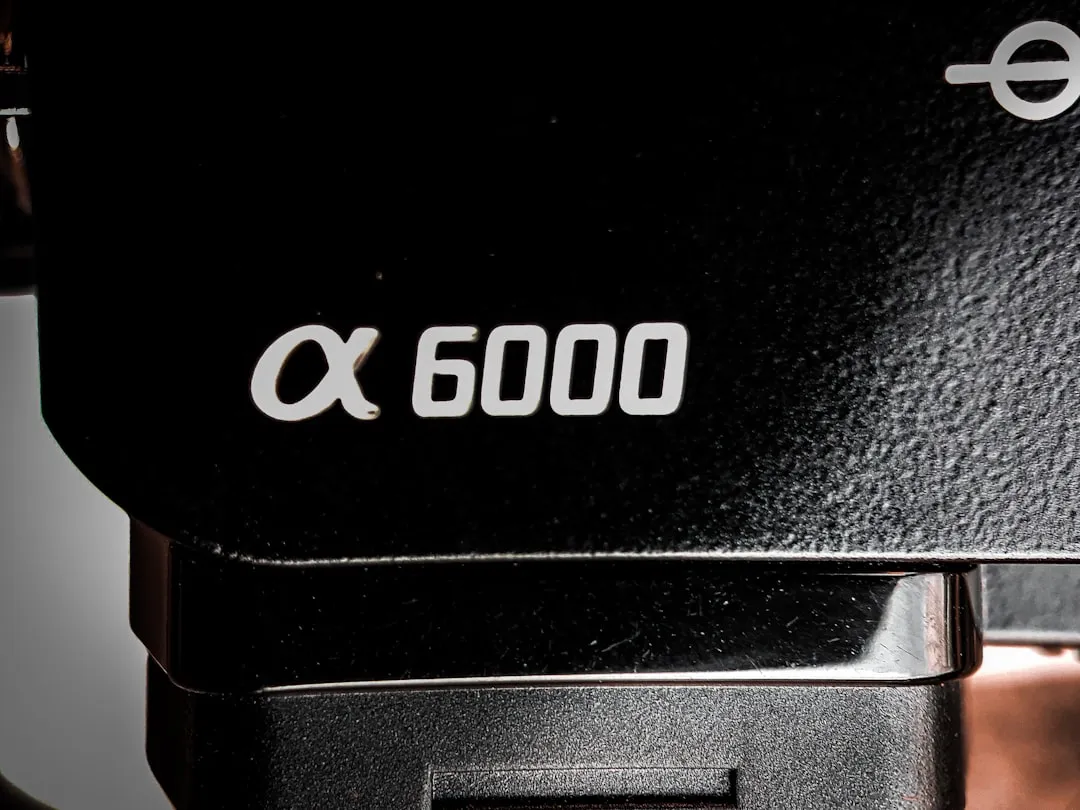
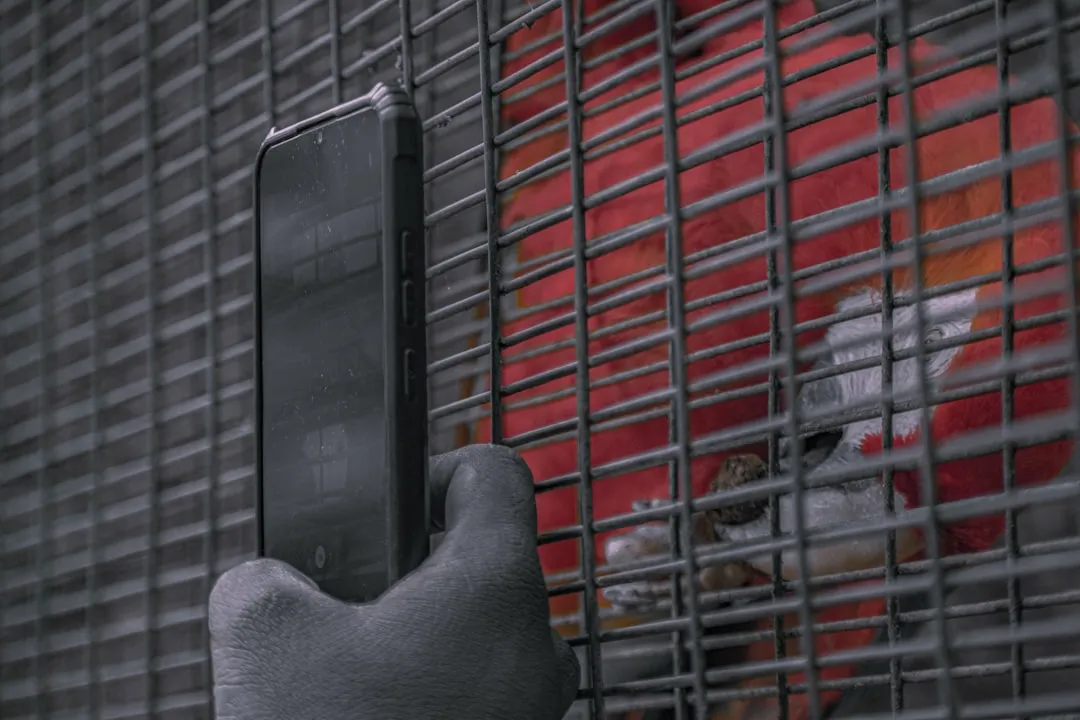

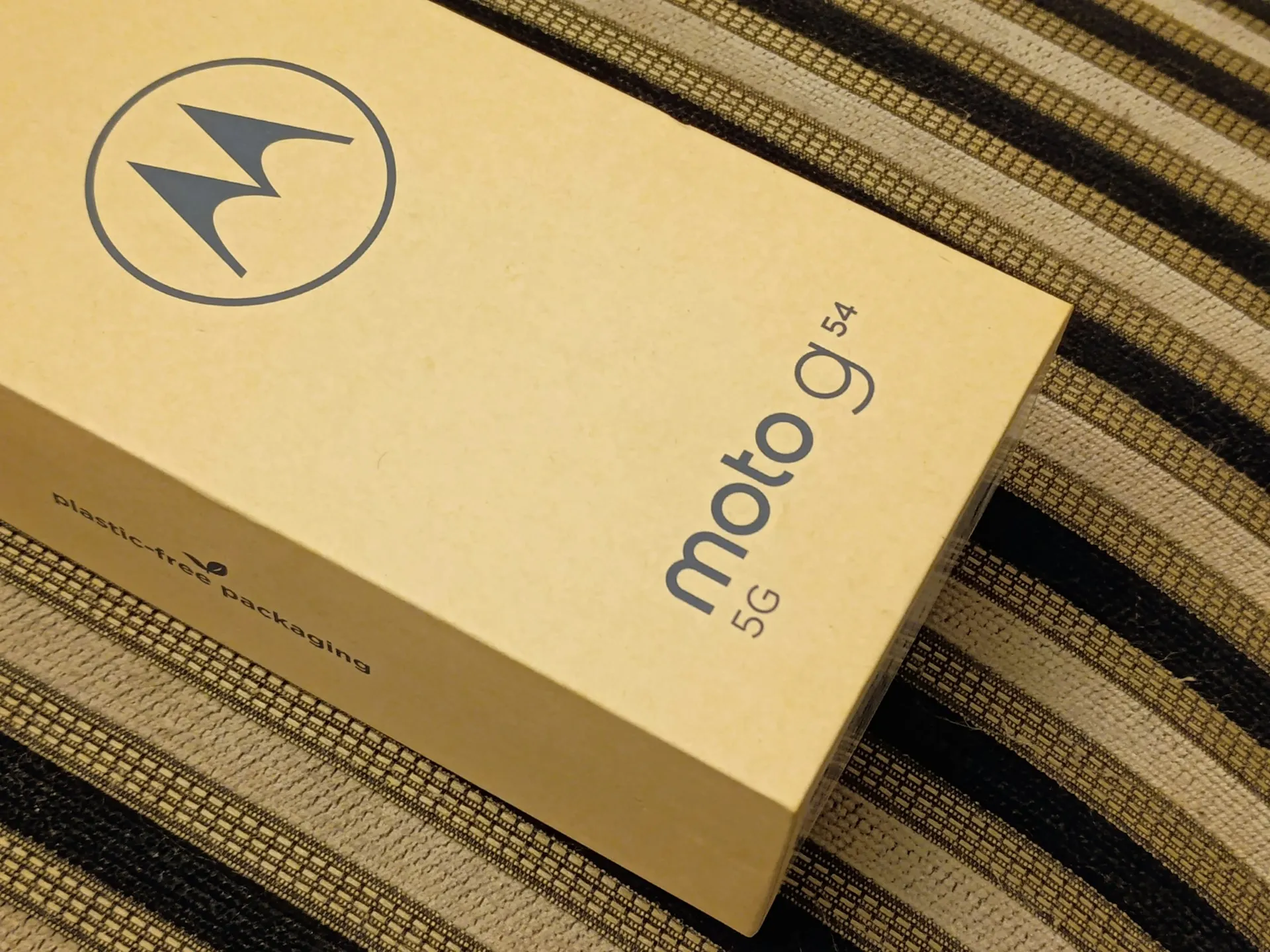
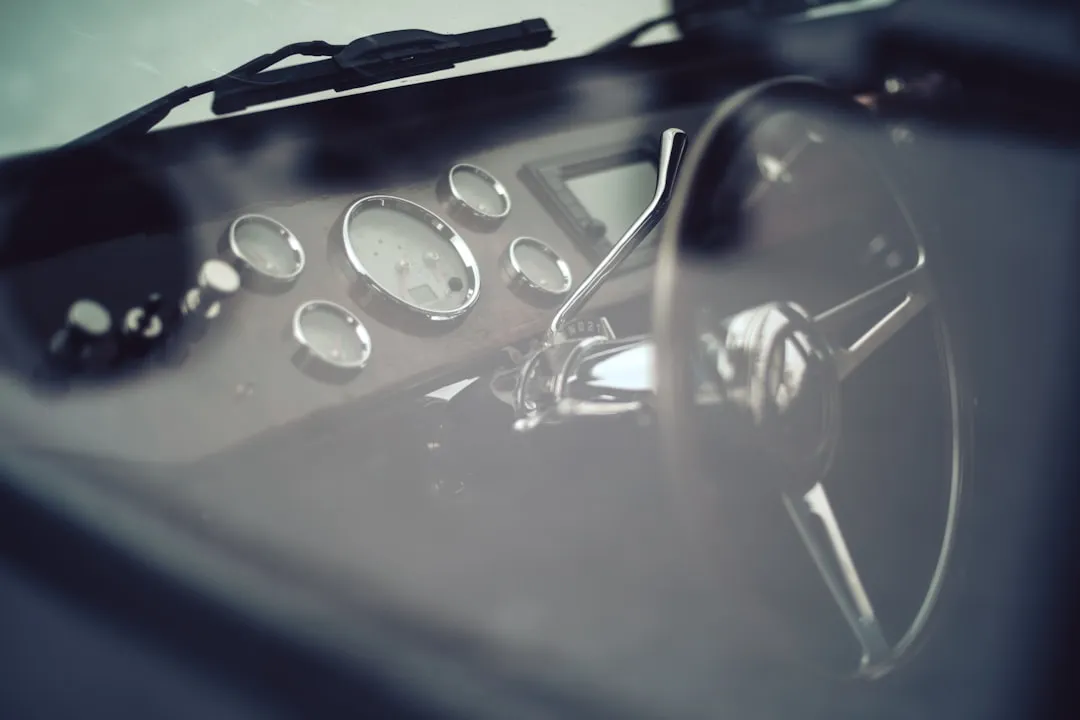

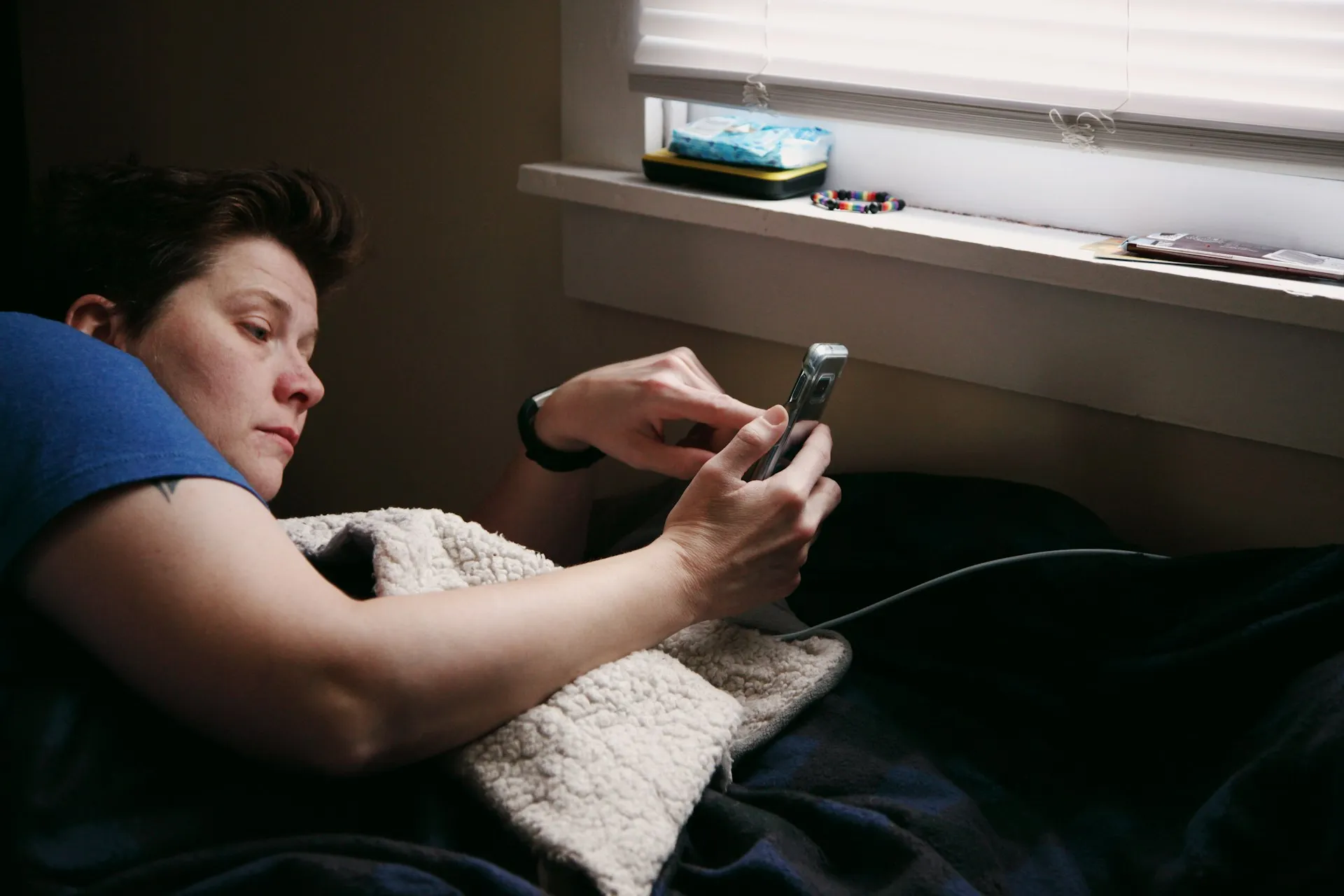
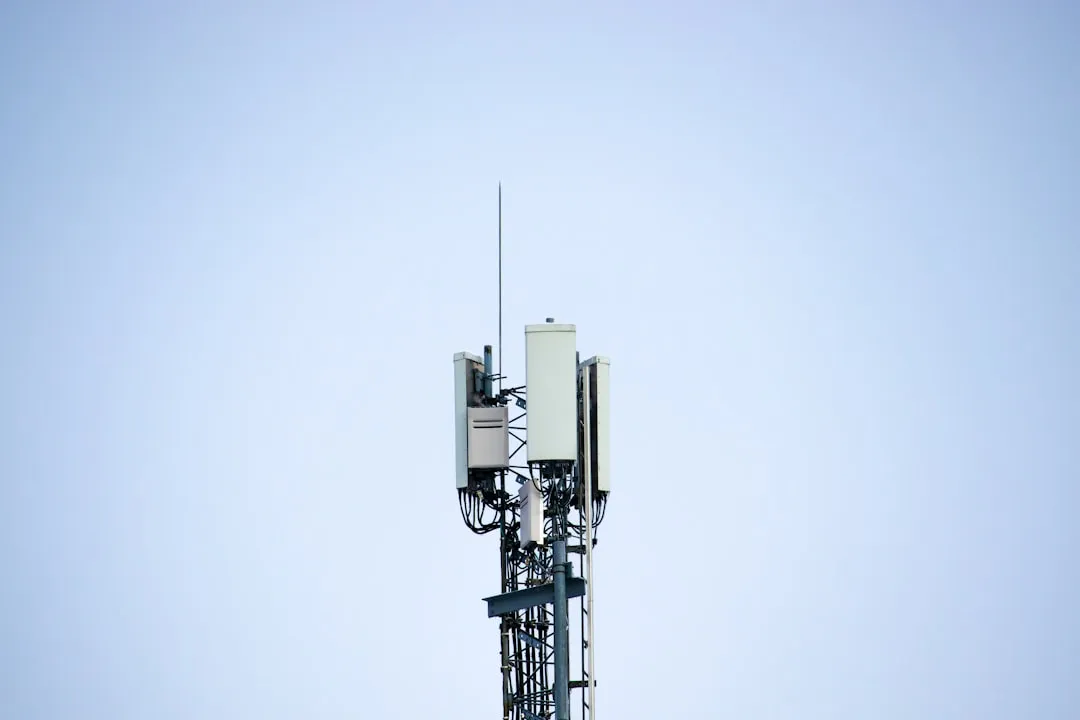
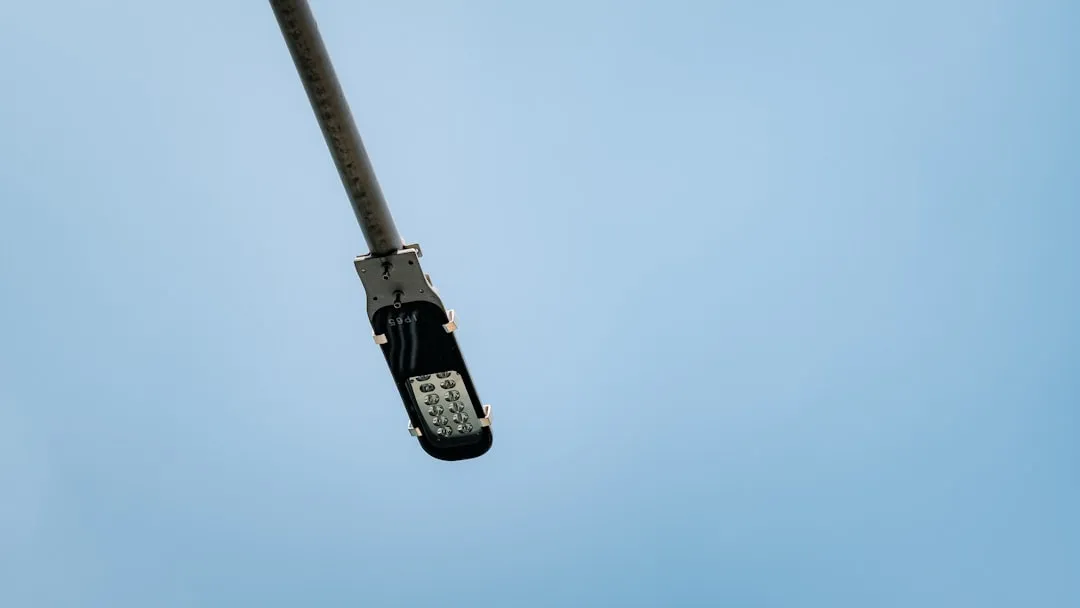





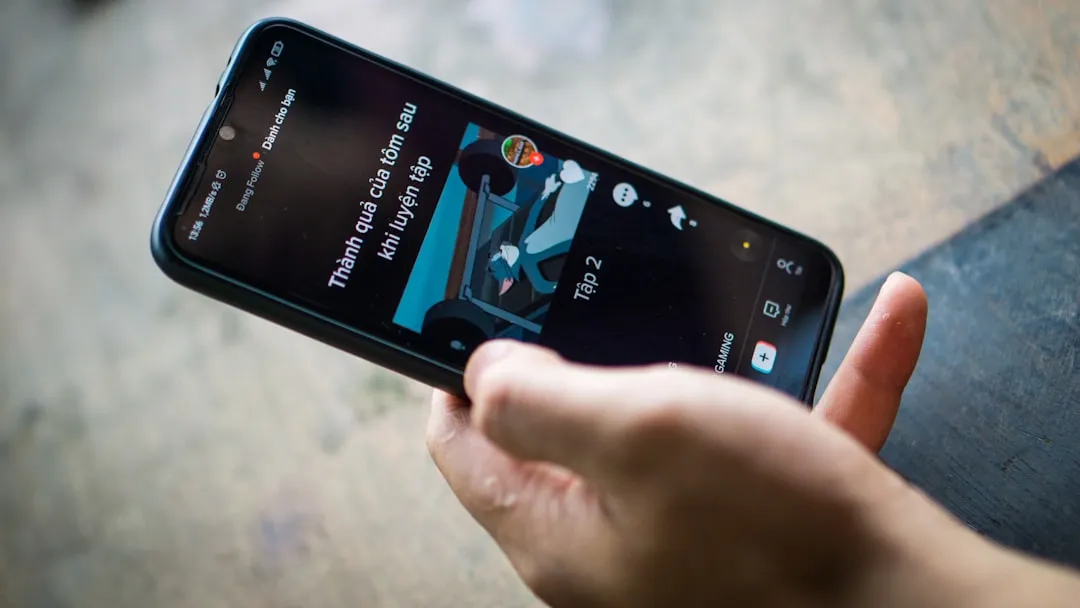


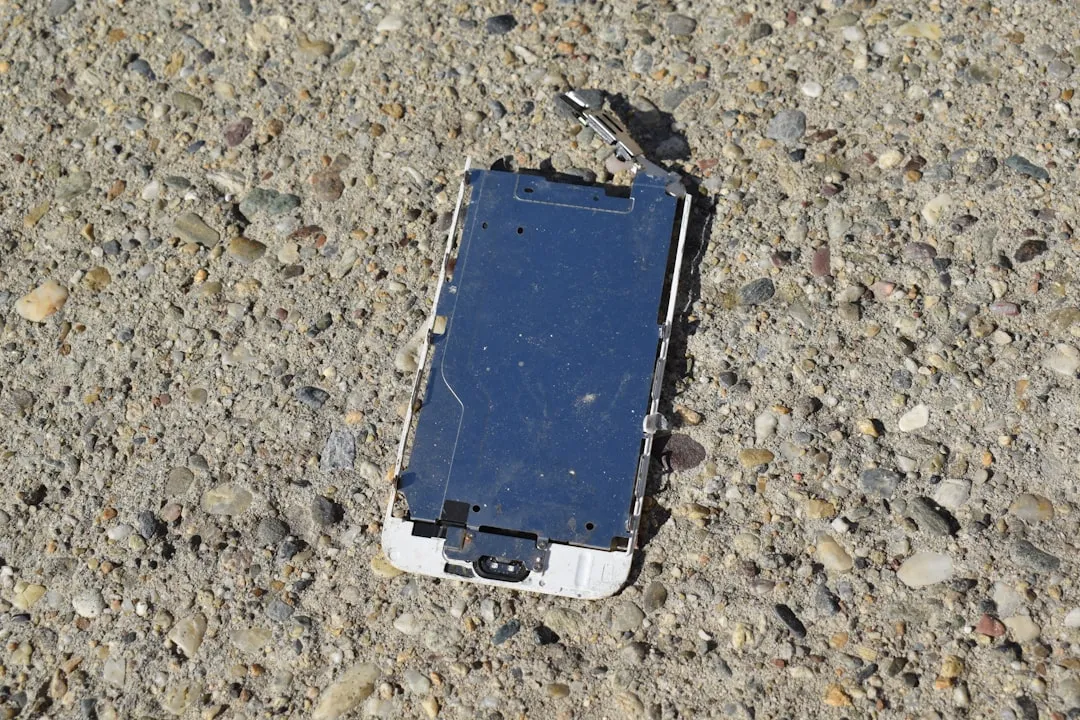
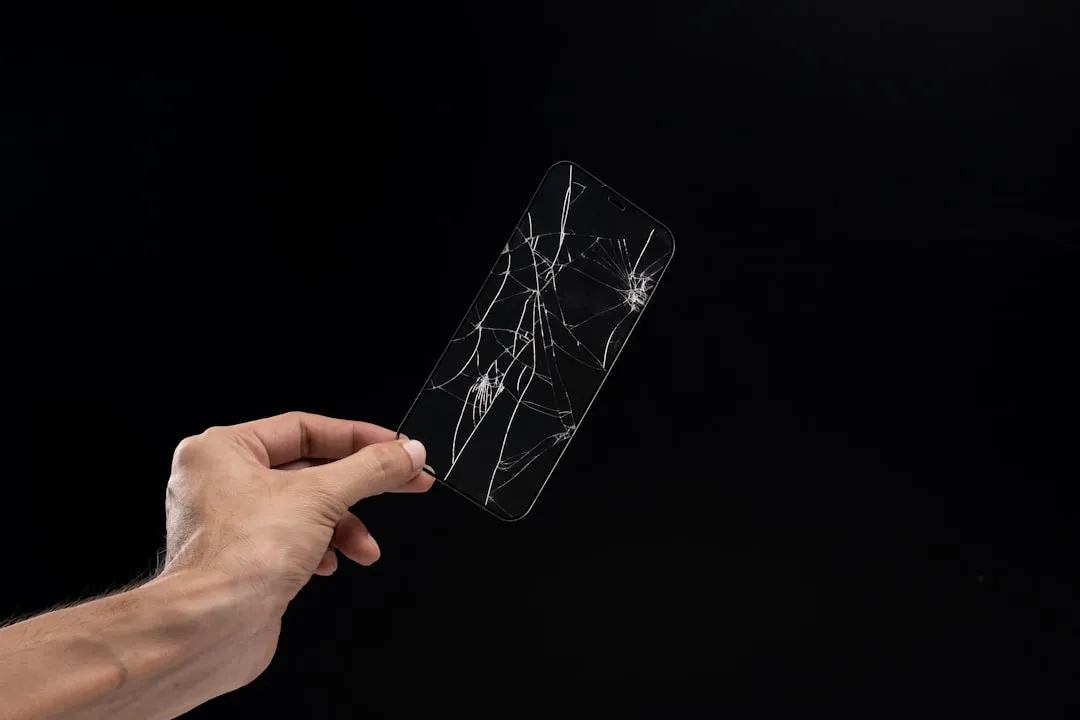
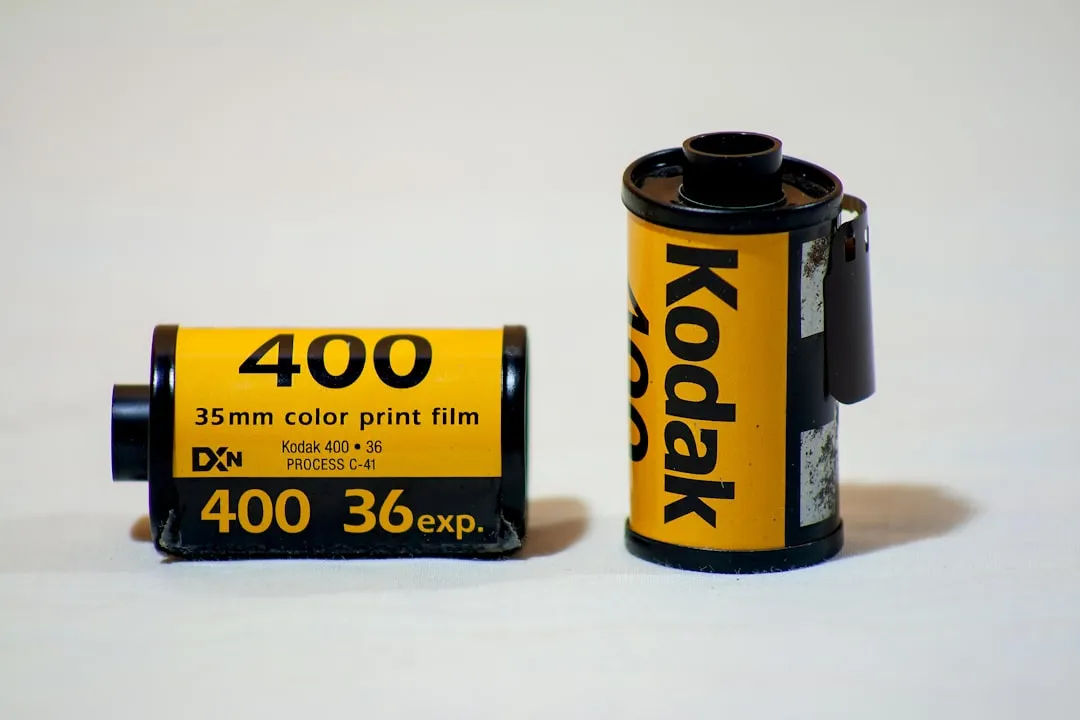
Comments
Be the first, drop a comment!